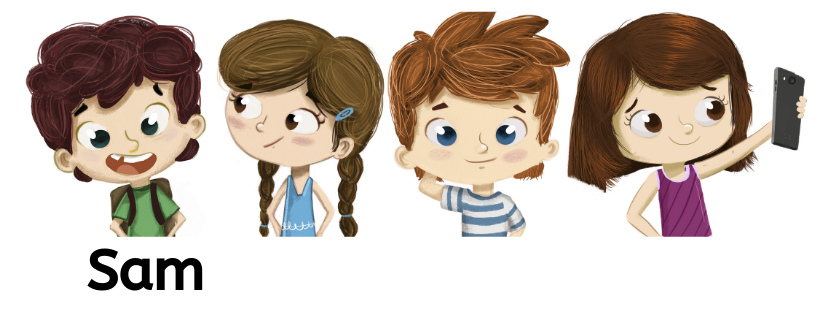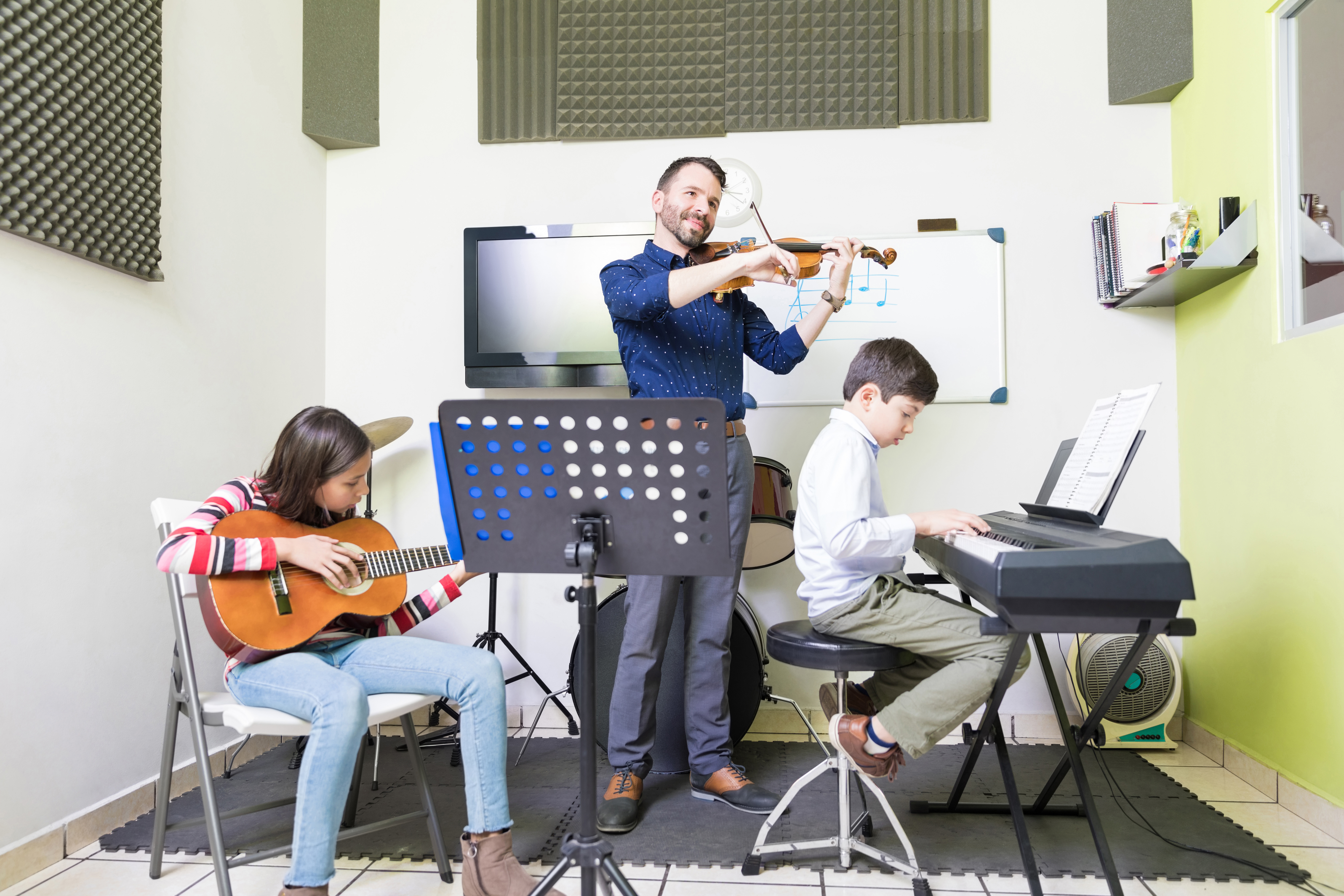PART A_1
Let’s introduce ourselves to each other.
自己紹介をしましょう。
PART A_2
My name is ________. What is your name?
PART A_3
I am ________. Nice to meet you. Let’s start our lesson.
PART B_1
We will read aloud the words below. Please repeat after me. I will check your pronunciation.
単語を音読します。講師に続いて読みましょう。講師は発音を確認します。
(Please send the mispronounced words and expressions to your student.)
PART B_2
| eggplant | なす |
| love | 大好きである |
| vegetable | 野菜 |
| potato | じゃがいも |
| many | たくさんの |
PART B_3
Now, let’s review some words from part B_2.
ではいくつかの単語を復習してみましょう。
(Please review the mispronounced words and expressions from part B_2.)
PART B_4
PART C_1
We will read aloud the sentences below. I will check your pronunciation and intonation.
文を読みます。講師が発音、イントネーションについて確認します。
(Please send the mispronounced words and expressions to your student.)
PART C_2
| 1. | I like to eat eggplants. |
| 2. | My two sisters also love vegetable dishes. |
| 3. | Our parents cook for us. |
| 4. | Sometimes, I play basketball with them. |
| 5. | Do you have any brothers? |
PART C_3
Now, let’s review some words and sentences from part C_2.
ではいくつかの単語、文章を復習してみましょう。
(Please review the mispronounced words and sentences from part C_2.)
PART C_4
PART D_1
We will read aloud the dialogue below. I will check your pronunciation and intonation.
会話文を読みます。講師が発音、イントネーションについて確認します。
(Please send the mispronounced words and expressions to your student.)
PART D_2
|
TUTOR:
|
Do you like vegetables? |
|
STUDENT:
|
Yes, I do. I like to eat eggplants. How about you? |
|
TUTOR:
|
I like potatoes. My two sisters also love vegetable dishes. Our parents cook for us. |
|
STUDENT:
|
Really? That’s nice. Do you have any brothers? |
|
TUTOR:
|
Yes. I also have three brothers. Sometimes, I play basketball with them. |
|
STUDENT:
|
That’s cool. I don’t have any brothers or sisters, but I have many friends. |
PART D_3
Now, let’s review some words and sentences from part D_2.
ではいくつかの単語、文章を復習してみましょう。
(Please review the mispronounced words and sentences from part D_2.)
PART D_4
PART E_1
Now, you will answer the questions below using the grammar topics you learned.
I will check if your sentences are complete and if the grammar is correct.
I will check if your sentences are complete and if the grammar is correct.
以下の質問に答えます。習った文法を使って回答しましょう。
講師は文法と完全な文章であるかを確認します。
講師は文法と完全な文章であるかを確認します。
(Please send the sentences that need grammar corrections to your student.)
PART E_2
| 1. | Do you like vegetable dishes? | |
| Answer: | . | |
| 2. | Who cooks breakfast for your family at home? | |
| Answer: | . | |
| 3. | Do you have any brothers or sisters? | |
| Answer: | . | |
| 4. | What vegetables do you like the least? | |
| Answer: | . | |
| 5. | What sports do you play with your friends? | |
| Answer: | . | |
| 6. | What dishes can you cook? | |
| Answer: | . |
PART E_3
Now, let’s review your answers.
では、あなたの答えを復習してみましょう。その後、修正したあなたの答えを読んでみましょう。
(Please review your student’s answers by sending the correct answers in complete sentences. After that, ask your student to read aloud his or her corrected answers.)
PART E_4
PART F_1
Now, you will ask me questions by translating the following Japanese sentences into English sentences. I will check if your sentences are complete and if the grammar is correct.
今度は、あなたが講師に質問します。習った文法を使って文を作りましょう。
講師は文法と完全な文章であるかを確認します。
講師は文法と完全な文章であるかを確認します。
(Please send the sentences that need grammar corrections to your student.)
PART F_2

| ____ the boy __________ sisters? |
| (男の子には姉妹がいますか?) |
PART F_3
PART F_4

| ______ she ______ vegetables? |
| (彼女は野菜が好きですか?) |
PART F_5
PART F_6

| _____ dish _______ love? |
| (彼らは何の料理が大好きですか?) |
PART F_7
PART F_8

| _______ Martin ________ with _____ brother and sister? |
| (Martinは兄弟、姉妹と宿題をしますか?) |
PART F_9
PART F_10

| ____ dish does he ________ cook? |
| (彼は何のりょうりを作ることが好きですか) |
PART F_11
PART F_12

| ___ Sam have _________ friends? |
| (Samはたくさんの友達がいますか?) |
PART F_13
PART G_1
Let’s do a free talk about the following topic.
フリートークをしましょう。
(Please do a free talk if you have time left.)
PART G_2
What are your favorite Japanese dishes?




 GOOD
GOOD 

